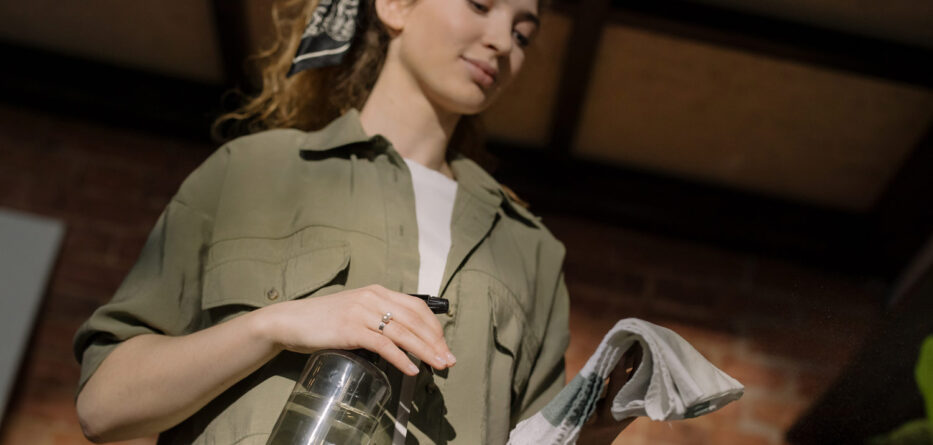BLOOMINGTON, Ind. — Some disinfecting cleaners being used to prevent the spread of COVID-19 actually could leave behind potentially dangerous chemicals.
Scientists from Indiana University compared dust samples collected from residential homes in June 2020 with previous samples collected in 2018 and 2019.
Report co-author Amina Salamova, associate research scientist for the O’Neill School of Public and Environmental Affairs at Indiana University-Bloomington, said a class of chemicals called “QACs” that are used as disinfectants were found in much higher concentrations in the samples collected after the outbreak.
She said elevated exposure to QACs has been linked to increased risks of asthma and skin irritation.
“Obviously we’re not suggesting that you should stop disinfecting your environment in the situation of the pandemic,” Salamova cautioned. “Just be careful about what you use and use as it’s advised on the product label, as it’s advised by the CDC and the EPA. Don’t overuse it.”
Other research has linked the compounds to reproductive and developmental problems in animals.
Salamova said the research found disinfecting cleaning wipes had much higher levels of QACs than cleaning sprays. She noted alcohol-based cleaners might be a safer alternative.
“We also incidentally found that the homes that used products that did not have QACs or used just a simple alcohol-based cleaner had much lower levels, so that can be an option,” Salamova suggested.
The levels of QACs in homes that reported more frequent disinfecting due to the pandemic were significantly higher than in homes that disinfected less. According to the research, dust easily absorbs QACs, which could result in the contamination of an indoor environment that lasts long after the pandemic.






